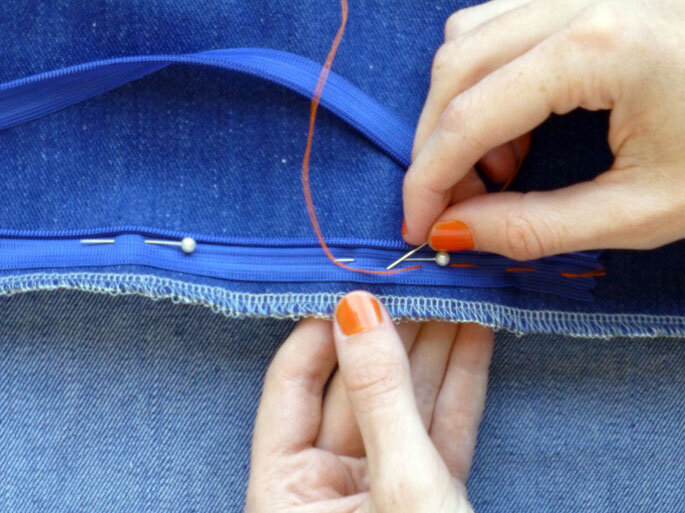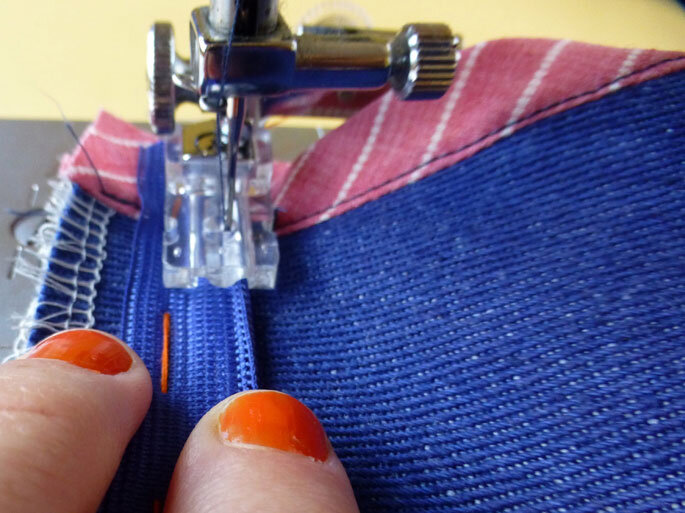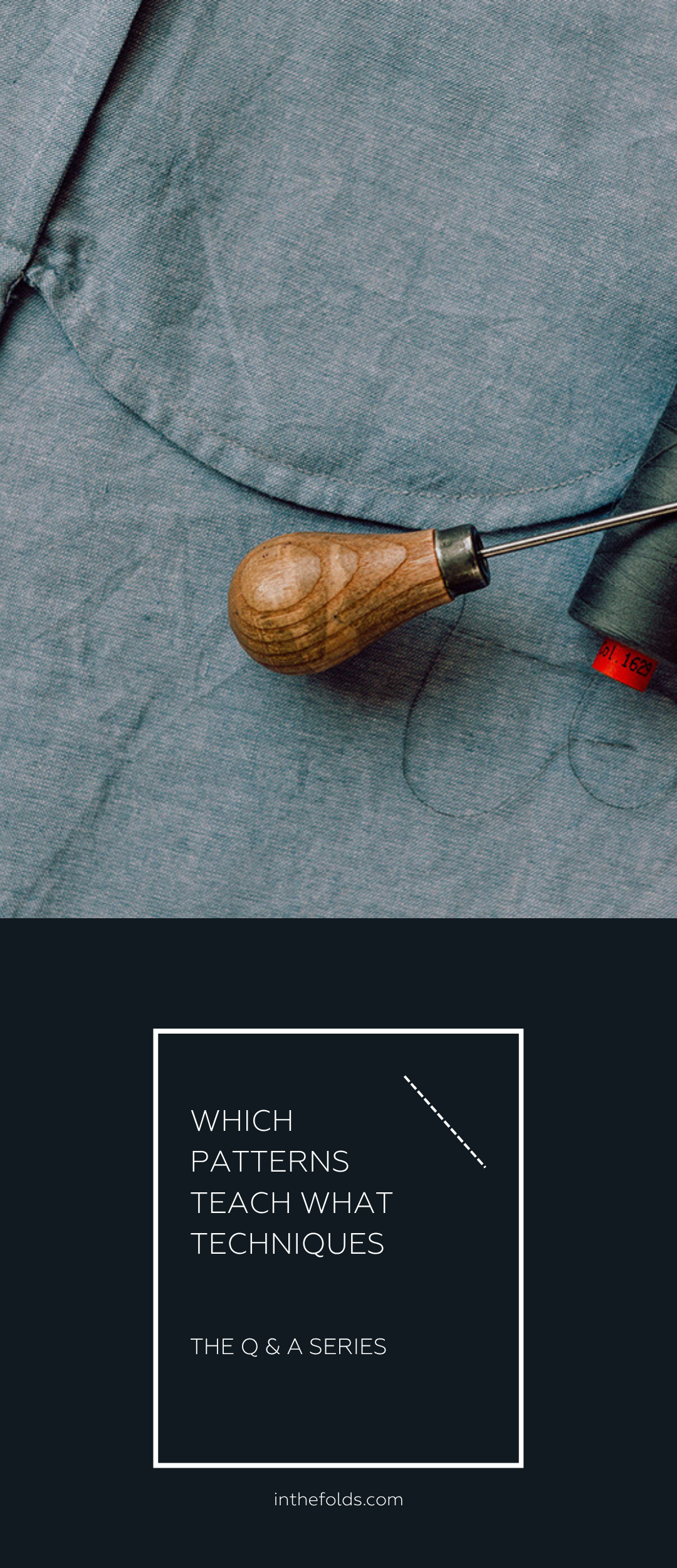THE Q & A SERIES - SEWING A ZIP
I'm wondering what your preferred method is for inserting a side seam (dress) zipper? I inserted one out of necessity recently, but I'm not happy with the method I used. (Desperate times called for desperate measures!)
It worked out but I know there's a better way!
Thanks Emily!
- Lodi Cambridge, Unites States
Hi Lodi,
Thanks for reaching out. Zips can be tricky when you're a beginner, but once you find a method that works for you, they get a lot easier!
I pretty much use invisible zips exclusively (all the patterns that I have released so far that have a zip use an invisible zip - except for pants that have a fly front), as I think they give the cleanest and most modern finish. They are very easy to do - once you get the hang of it. You can use an invisible zip in the centre back of a dress, or in the side seam as you mentioned.
Basting stitches
I think the game changer when getting a perfect finish on an invisible zip is hand basting the zip in place before sewing it.
What you need to do is pin one side of the zip in position and then baste in place. Take a needle and thread (I always use a contrasting thread because it makes it nice and easy to remove the stitches later), and hand baste the zip tape to the garment. It takes a couple of minutes extra to do this, but it will ensure that the zip does not shift while you are sewing it in - and I prefer hand stitching to unpicking any day! When the zip is attached, remove the pins.
I also only ever baste one side of the zip at a time - this way one side is stitched in permanently before you stitch the second side - this ensures nothing wiggles around in the process.
Use the right tools
Next thing you want to make sure of is that you have the correct machine foot for the application. For an invisible zip it is best to use an invisible zipper foot (although you can get away with using a regular zipper foot) and for a standard dress zipper you will need to use a regular zip foot. I am not into have fancy sewing tools and attachments and try to keep all that to a minimum, but I think a regular zipper and invisible zipper foot are a must for anyone wanting to make their own clothes.
As you can see in the photo above, the invisible zip foot really helps you get nice and close to the zip coil because of the groove in the foot that lifts the coil. It takes a little practice to get the hang of this and to make sure that your needle is positioned as close as possible to the coil, but it is worth getting it right as this is what helps the invisible zip become 'invisible' on the right side of the garment.
You will then need a regular zipper foot to sew the remainder of the seam. As you can see in the photo above, the regular zip helps you get nice and close to the zip.
I have a full tutorial available on my website about sewing an invisible zip that can be found here.
As mentioned at the beginning of this email, the key is to find a technique that works and makes sense to you. That may or may not be this technique and that is okay!
OTHER TECHNIQUES
Some other techniques that I'd also suggest looking at are:
This technique for installing an invisible zip shared by Kenneth King for Threads.
This is the method I use for sewing a lapped zipper - this tutorial comes from Blueprints for Sewing.
This is the method I use for sewing a centred zip - this tutorial is from Colette.
I'd love to hear if you have a go-to method for sewing zips that I haven't mentioned!
Happy sewing,
Emily
resources mentioned in this issue
P.S. Would you like to know what the Q & A series is all about? This page tells you a little bit more about the motive behind the series. Past issues from the Q & A series can be found here.
Don't have a question, but found this newsletter helpful? I'd love to hear from you! Get in touch and say hi.








